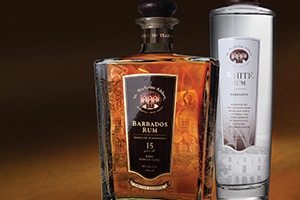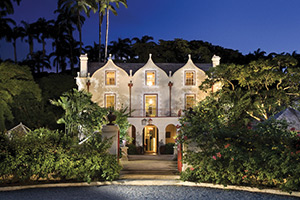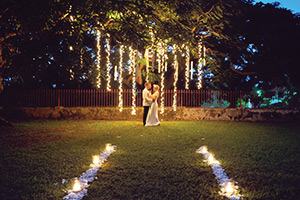The Estate
Located in the hills of St. Peter, St. Nicholas Abbey encompasses over 400 acres of undulating sugar cane fields, lush tropical gullies, mahogany forests and formal gardens.
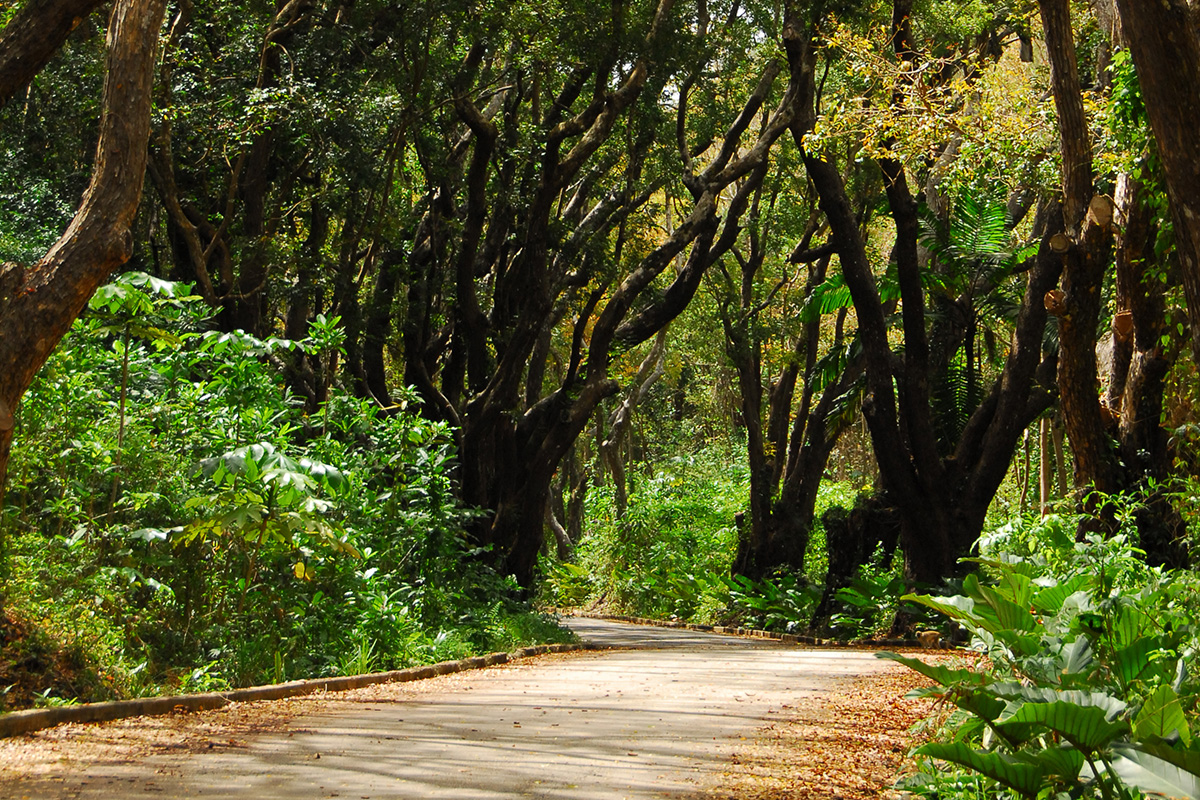
Cherry Tree Hill
Cherry Tree Hill, located to the northeast of St. Nicholas Abbey great house, offers a commanding view of Barbados’ rugged east coast shoreline, which may have given the area special meaning to the indigenous peoples of Barbados in prehistoric times.
Amerindian artifacts have been found in the limestone bedrock, indicating that the indigenous peoples of Barbados had exploited the forests and gullies around St. Nicholas Abbey for centuries before the arrival of Europeans.
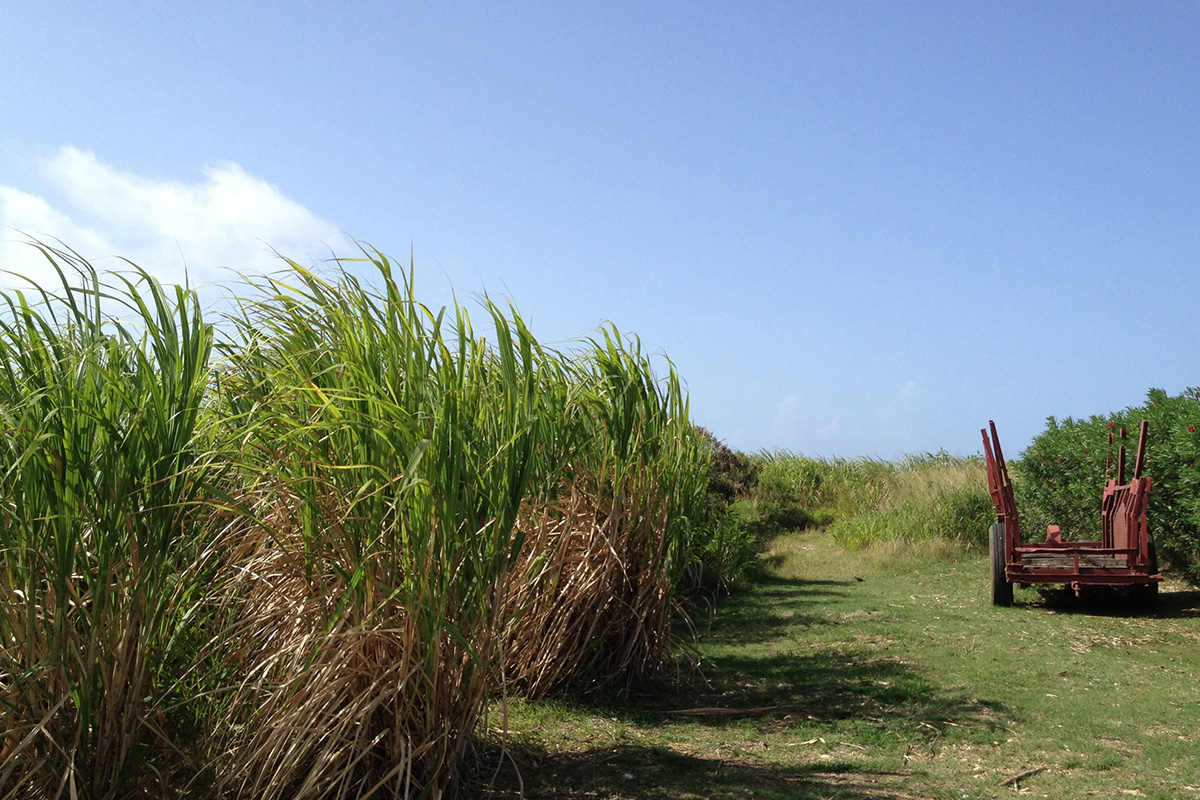
Sugar Cane Fields
St. Nicholas Abbey’s 400-acre estate includes over 225 acres of sugar cane fields. Due to the decline of the sugar industry, the fields are presently being preserved & maintained for future use. Currently, 60 acres are planted and reaped annually for use by the syrup factory, and specialised cane varieties are growing in a nursery, ready for future use as the need of the syrup factory and distillery increases.
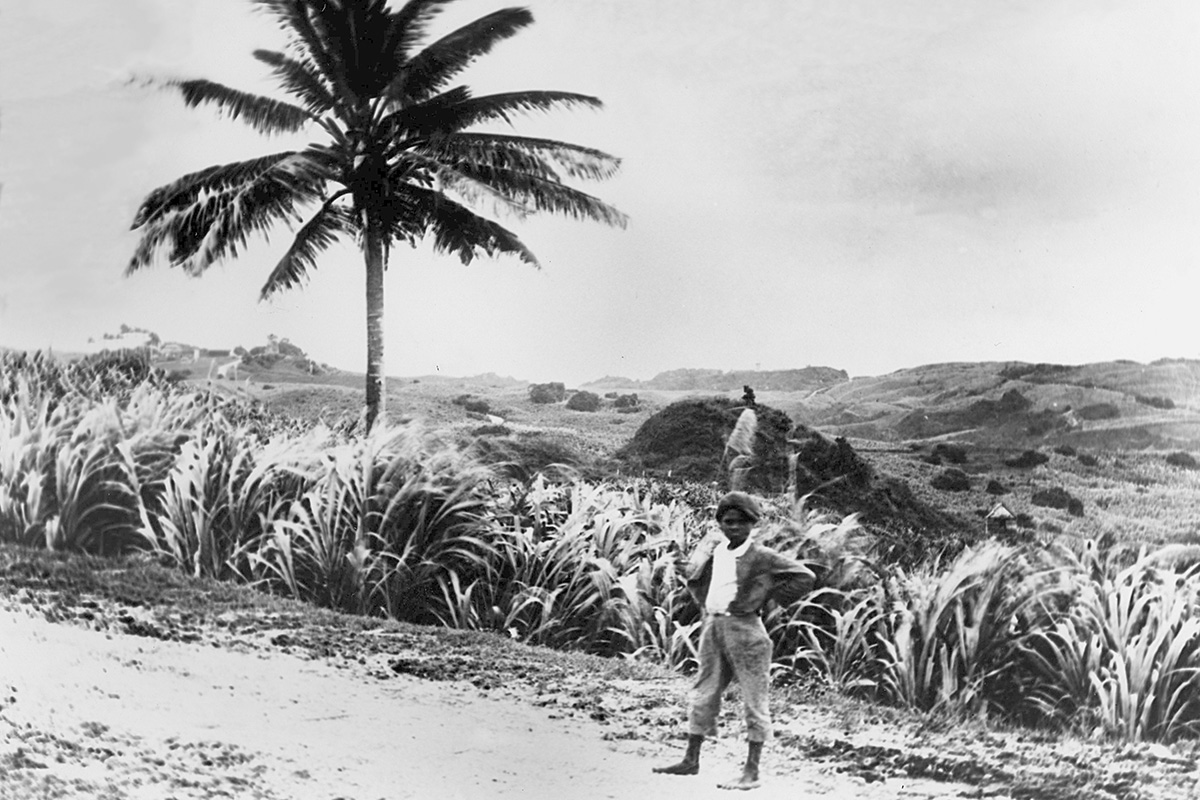
Moore Hill House
Just off the main road that leads to St. Nicholas Abbey is a small coral rubble house that has been part of the St. Nicholas Abbey property for as long as anyone can remember. The house is located in the village of Moore Hill.
In Barbados, these small coral rubble houses are frequently referred to as “slave huts” or “slave houses.”
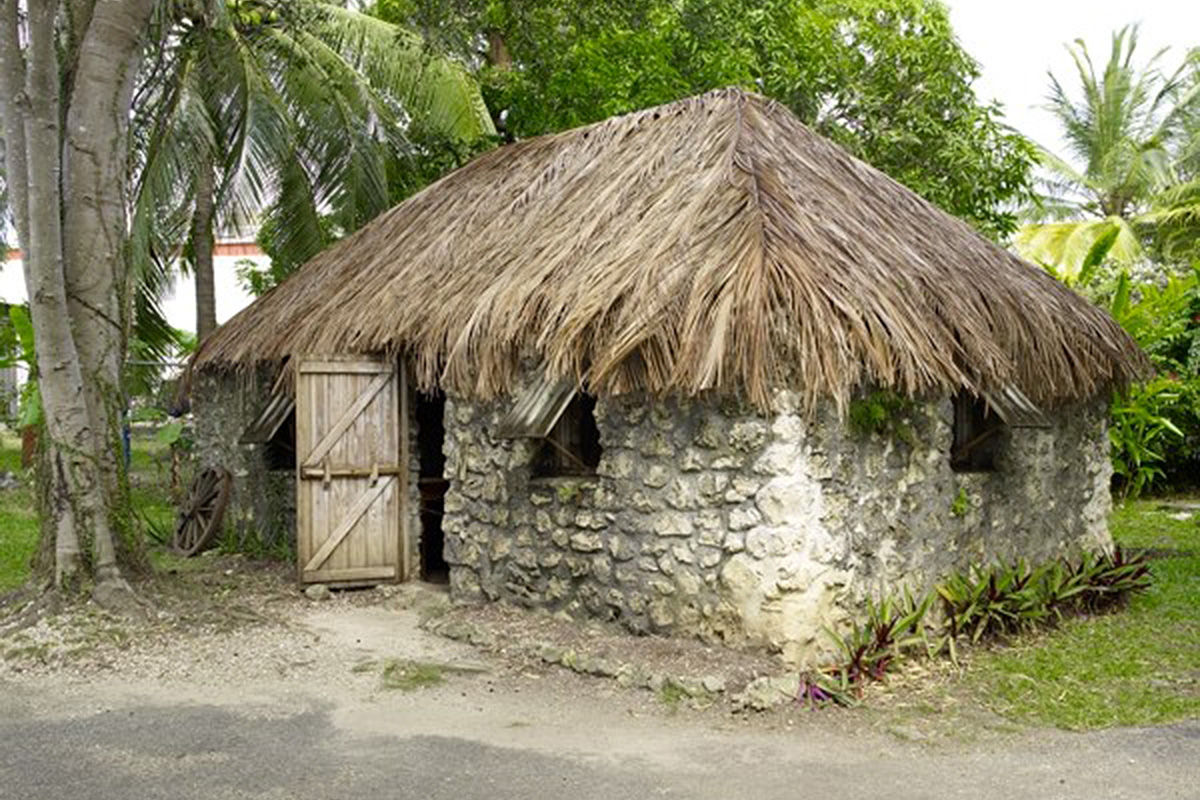
Slave Villages
In addition to the coral rubble house at Moore Hill, archaeologists have found the likely locations of other villages for enslaved workers located on the plantation grounds.
An earlier archaeological survey headed by Dr. Jerome Handler in 1987 noted the presence of large piles of stones on a ridge in the sugarcane fields northwest of the great house, which were further examined in the summer of 2009.
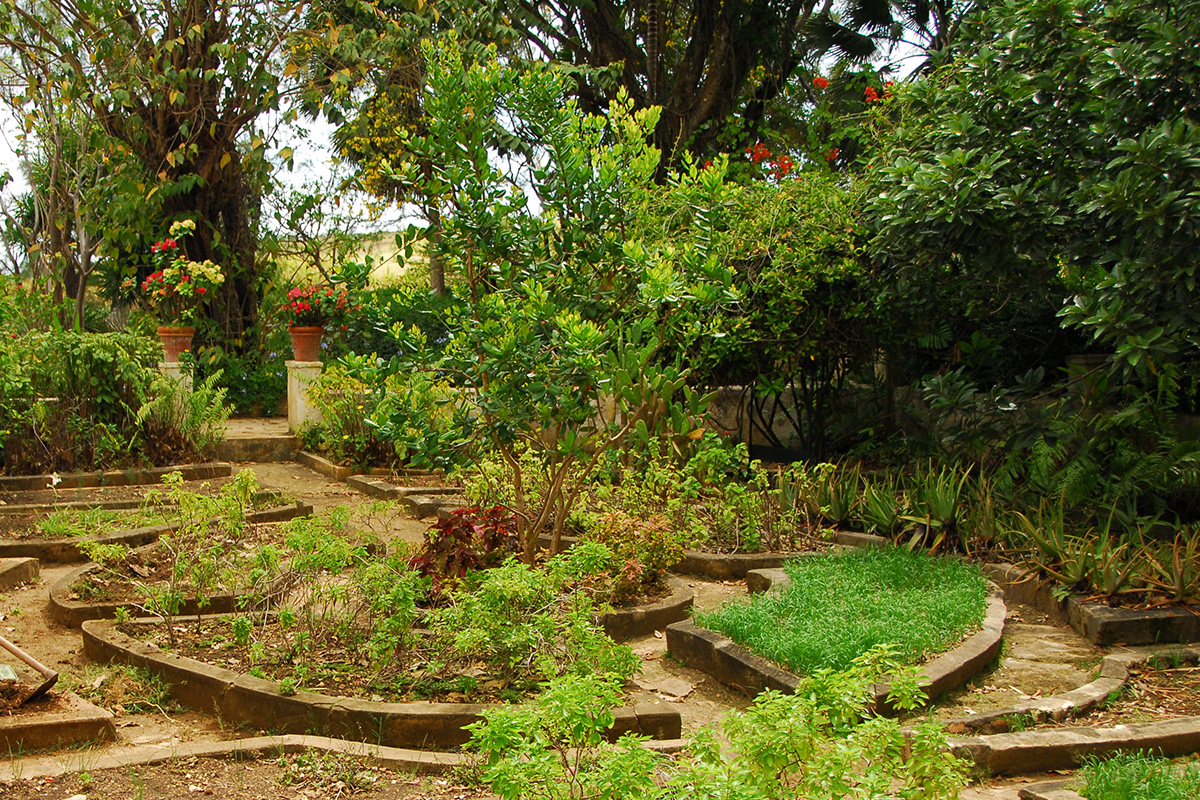
Flower & Herb Gardens
The gardens feature too many species to mention by name, but notable flora and fauna include hibiscus, orchids and roses as well as citrus, mango, avocado, golden apple
and breadfruit. The gardens are frequented by a resident pack of Guinea birds and Barbados’ own Green Monkeys.
Facing the great house, turn right at the entrance portico and head down the steps to see the original coral water drip.
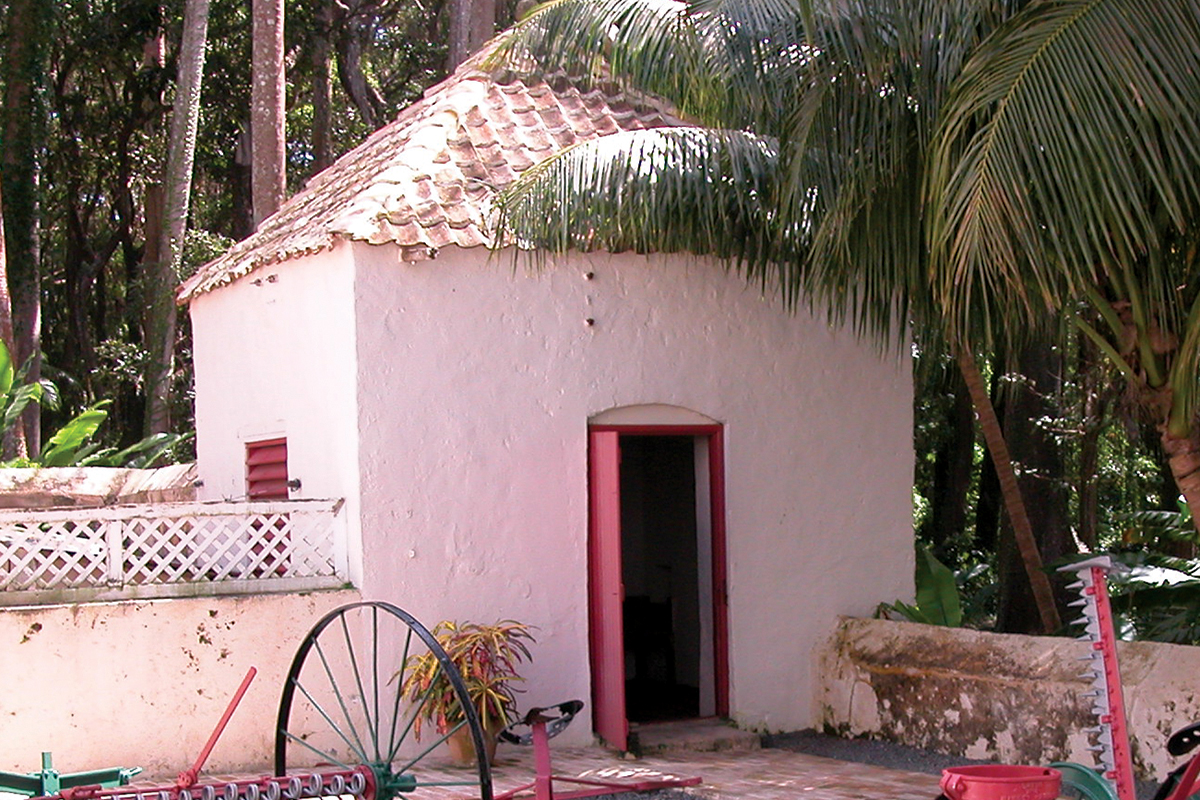
Courtyard
Behind the great house, the stable yard is home to the 400 year old Sandbox Tree (Hura crepitans), an evergreen indigenous to the Caribbean. Look closely to see the multitude of tiny, sharp spines that have given this indigenous evergreen the nickname ‘monkey-no-climb’.
The bathhouse and outhouse are on the left-hand side of the yard. The outhouse was once outfitted with a four-seated privy, quite a strange concept by today’s measure of privacy. There is also a water storage cistern connected to the well and reservoir located by the main entrance gate.
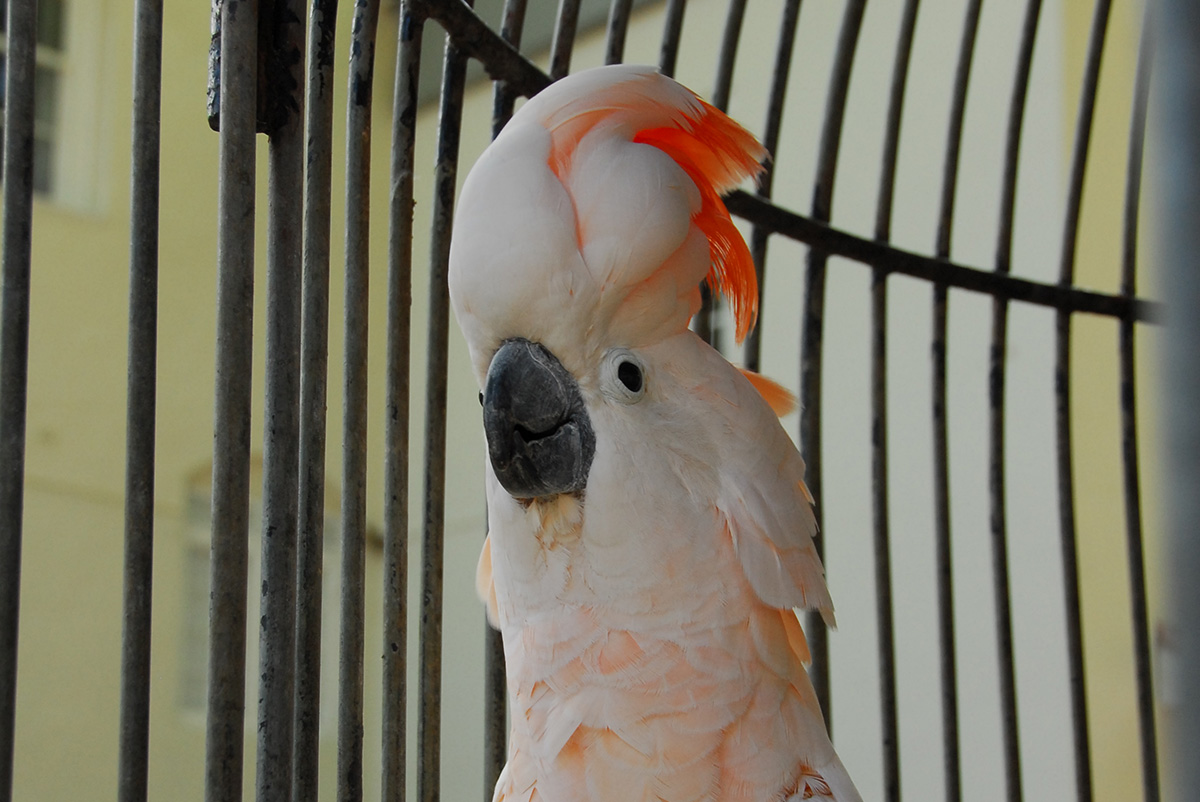
Lower Garden
Lance & Baby, two Moluccan Cockatoos (Cacatua molunccensis) or Salmon Crested Cockatoos, reside in a spacious bird cage located opposite the hottling building. The birds generally enjoy interacting with visitors; Baby is usually very friendly and while Lance can be a bit testy at times, he does enjoy saying 'Hello Baby'. The birds have a healthy, regulated diet; we ask that you do not feed them treats of any kind.
The Baobab Tree
The Baobab Tree was introduced to the Caribbean during the colonial era. They store massive amounts of water in their stems to cope with seasonal droughts. The tree’s fruits are large pods rich in Vitamin C.
St. Nicholas Abbey’s Baobab Tree was introduced to the plantation in 2015 as an 18” tall seedling. It was grown from the seed pod of an ancient Baobab Tree located in the Warrens, St. Michael area.
In order to grow, the seed pod must be crushed; the intact pod will not produce a seedling otherwise. This highlights the importance of our ecological processes and interdependence among plant and animal species.
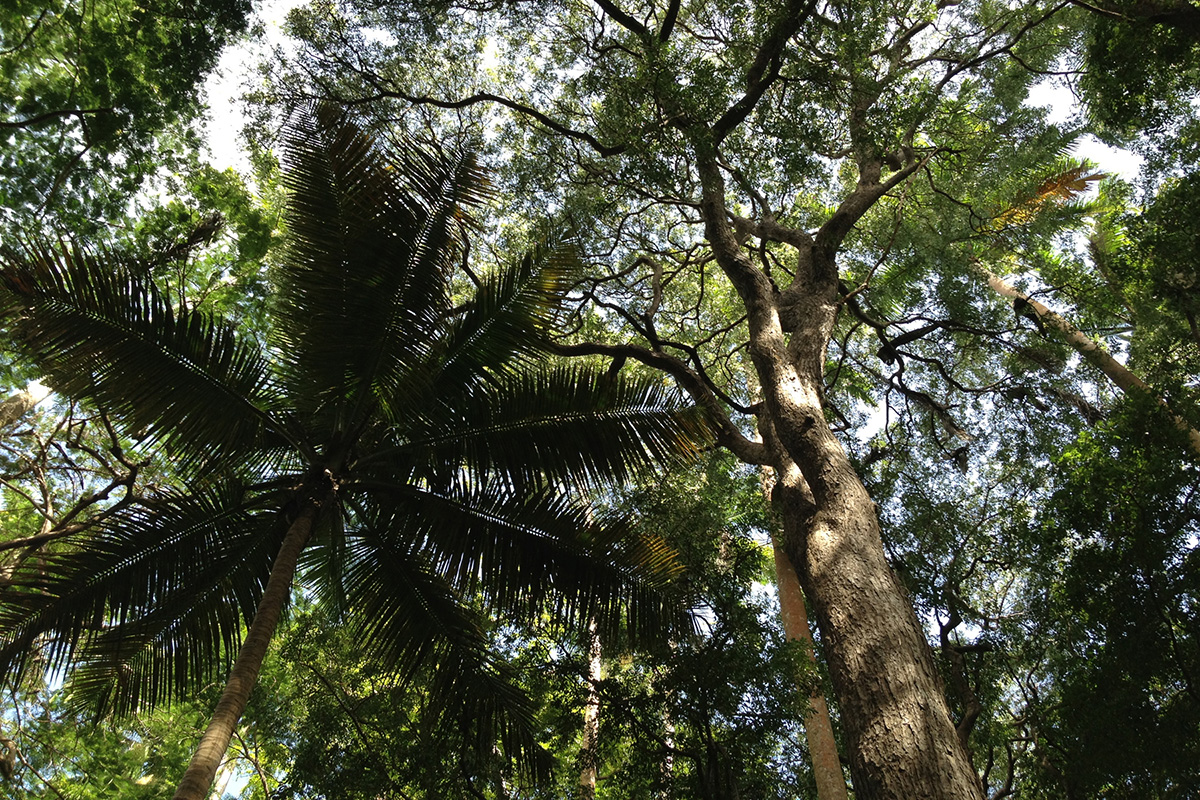
Gullies
Beyond the rum and sugar bond terrace are several lush gullies filled with giant Mahogany trees, majestic cabbage palms, ancient silk cotton and a wealth of other flora and fauna. Visitors are welcomed to explore the gullies, however caution should be taken on the rugged paths.





